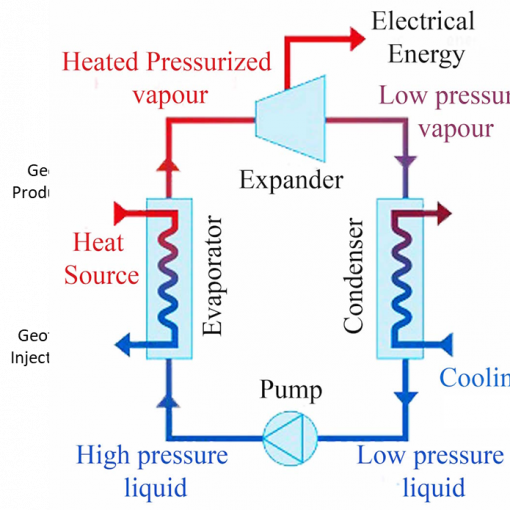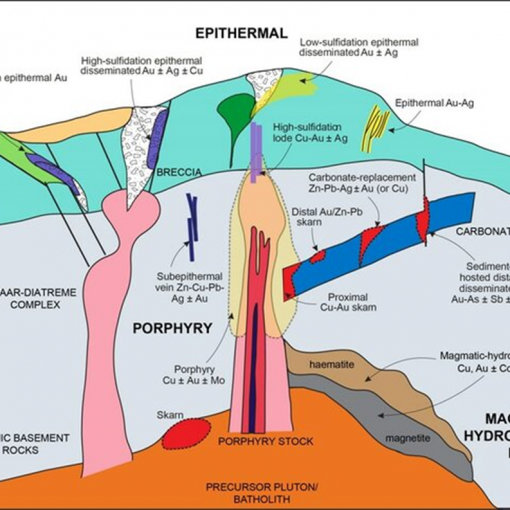As discussed last week in last week’s posts on the Energy Transition, increased Electrification is required to support Decarbonisation. Not discussed very much in the press are Electrical Grid Challenges, but some articles are beginning to appear as writers get more informed. Without addressing these challenges quicker and without orders of magnitude more investment, the desired level of Electrification will essentially not be possible. Regulating aspirational Carbon targets without evidence based decisions on realistic Electrification plans is just greenwashing. Resisting Electrical infrastructure upgrades (“NIMBY”) whilst at the same time advocating stopping carbon based energy solutions is counterproductive. Scaling up good Renewables needs significant Electrical grid investments as we will see in this week post.
In the meantime, a recommended solution is to adopt Green Energy Module solutions for local distributed energy systems. These solutions are economic and are able to be timely delivered.
The UK has significant Decarbonisation aspirations and potential to increase Electrification, but Electrical Grid Challenges may make it impossible to meet the schedule targets. With offshore Wind so promising, the current national and local Electrical utility grids are inadequate to provide transmission of the potential increased Electricity to energy users. Regulatory and local approvals are not progressing as required. The necessary investment is significant for these grid upgrades.
In the meantime, for users requiring economic, clean energy, a recommended solution is Green Energy Modules for local distributed energy systems.
Europe has been particularly impacted by Energy Security issues the past few years with aspirational decisions not based on evidence not working out. Closing (or inadequate maintenance) of nuclear plants, closing thermal generation plants (then reopening them to burn more coal than ever), ending long term gas contracts (then having to pay record spot market prices), and deploying intermittent Renewables (without providing adequate long duration Energy Storage Systems, then experiencing “dark doldrums”). Geopolitical issues only worsened the situation, but did not cause it.
There is a common consensus that more Electrification is needed for Decarbonisation, but again significant Electrical grid challenges exist. Not all areas of Europe are good for Renewables, so locating them where more appropriate means that good long distance electrical transmission lines are needed. Very high levels of investment are needed and regulatory approval schedules are causing serious delays in these investments and grid upgrades.
Once again, an initial solution for many residential, commercial, and industrial energy users is the adoption of local distributed energy systems using Green Energy Modules to access economic, clean energy when and where needed.
The US needs $2.4 trillion dollars and decades of time to provide the kind of national and local Electrical transmission grids required to achieve their Decarbonisation targets. Commercial challenges include lack of coordination between regional and national planning (complicated by NIMBY attitudes by some communities) and cost recovery challenges when wider area grid work is required, not just point to point. Aspirational Decarbonisation is threatened by theses levels of investment and schedule challenges.
In response, local distributed energy systems (incl. Microgrids) are being deployed to obtain timely access to economic, clean energy whilst grid challenges are ongoing. Green Energy Modules are a good solution using hybrid renewable energy technologies.
Whilst developed area grids like UK, Europe, and USA struggle with how to progress to increase Electrification in support of Decarbonisation, there are other international locations with their own grid challenges. Grid upgrades and extensions are very expensive and funding challenges have hindered progress. Governmental aspirations and regulations have gotten ahead of physical Decarbonisation feasibility in many developed countries, but most developing countries are more realistic about their energy realities.
Continued use of distributed carbon-based power generation facilities can now increasingly be replaced by local modularised hybrid renewable power solutions to provide economic access to Electrification whilst progressing Decarbonisation. Local Microgrids have the ability to be islanded initially but later be interconnected if grids are able to be progressed.
For collaboration or enquiries, contact us@StellaeEnergy.com .
electricity #gridmodernization #electrification #renewableenergy #renewables #modularsolutions #microgrids





